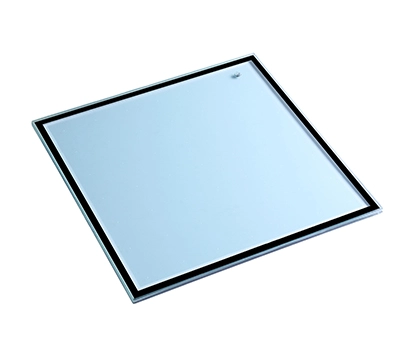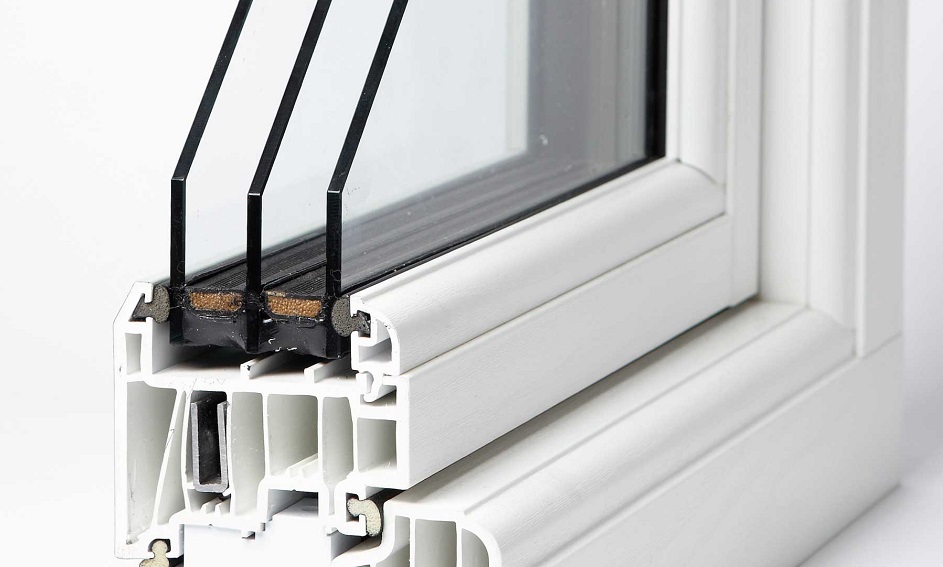When it comes to creating energy-efficient homes or upgrading your windows, you might be wondering which type of insulation is best for your needs. You’ve probably heard of vacuum insulated glass (VIG) and triple glazing as two leading options, but which one should you choose for your windows? Both offer excellent insulation benefits, but there are some key differences that can make one a better fit depending on your climate, budget, and design goals.
In this article, we’ll break down the pros and cons of both technologies to help you make an informed decision about which option is best for your home or building.
The Science Behind VIG
At the heart of vacuum insulated glass (VIG) lies a simple yet highly effective principle: creating a vacuum between two glass panes. This vacuum prevents heat from transferring between the panes, providing superior thermal insulation. The key benefit of this technology is that it eliminates convective heat transfer (the movement of air or gas), which is one of the primary ways heat is lost through windows.
The gap between the panes is typically just a few millimeters thick, which makes VIG much thinner than traditional double or triple glazing. This allows architects to design windows with a sleek, modern profile while still offering excellent thermal performance.
Advantages of Vacuum Insulated Glass
Superb thermal insulation: The vacuum between the panes dramatically reduces heat transfer, making VIG an ideal choice for keeping your home warm in winter and cool in summer.
Thin profile: Since VIG is thinner than traditional triple glazing, it can be a great choice for buildings where window thickness is a concern, such as those with limited space or those requiring large windows for design aesthetics.
Energy efficiency: By significantly reducing heat loss, VIG can help you lower your energy bills. It’s ideal for high-performance buildings where reducing energy consumption is a priority.
Durability: VIG windows are designed to be durable and long-lasting, with the vacuum layer making them resistant to heat loss for the lifetime of the window.

The Basics of Triple Glazing
Triple glazing involves three panes of glass, with two layers of air or gas in between. The air or gas in the middle layers acts as an insulator, slowing down the transfer of heat between the indoor and outdoor environments. The thickness and type of gas (such as argon or krypton) used between the panes can be adjusted to improve the thermal performance of the window.
While not as efficient as VIG, triple glazing offers superior insulation compared to standard double glazing, and it has become a popular choice for homeowners and builders seeking better energy performance at a more affordable price.
Benefits of Triple Glazing
Excellent thermal insulation: Triple glazing is still more energy-efficient than double glazing, providing better protection against heat loss and keeping your indoor temperatures more stable.
Soundproofing: Triple glazing is highly effective at reducing noise. The additional layers of glass and air provide a significant barrier against external noise, making it a great choice for homes in noisy environments.
Condensation resistance: Because of the additional layers of glass, triple glazing helps to reduce condensation on the interior surfaces of windows, which can be a problem in colder climates.

Now that we’ve covered the basics of both technologies, let’s dive into a direct comparison to help you decide which is the better choice for your specific needs.
VIG: When it comes to energy efficiency, VIG typically comes out on top. The vacuum layer between the panes eliminates heat loss through convection, which makes it far more efficient than traditional triple glazing. This means VIG windows are excellent at keeping heat inside during winter and preventing heat from entering during the summer.
Triple Glazing: While triple glazing is certainly more energy-efficient than standard double glazing, it still allows some heat transfer due to the air or gas layers. Although the insulating properties of the air between the panes improve the overall thermal performance, it doesn’t match the near-perfect insulation that VIG provides.
Conclusion: If reducing your energy bills and maximizing insulation is your main goal, VIG is the better choice.
VIG: One of the standout features of VIG is its thin profile. The vacuum layer allows the window to be much thinner than triple glazing while still providing superior insulation. This is ideal for modern architecture where sleek, slimline windows are desirable. Plus, the thinner profile allows for more flexible window designs, including larger windows or thinner frames.
Triple Glazing: In contrast, triple glazing is thicker due to the three layers of glass and the air or gas layers in between. This thickness can sometimes limit design options, especially in homes or buildings where window space is at a premium.
Conclusion: If you’re looking for design flexibility and a slim profile, VIG has the edge.
VIG: The initial cost of VIG is higher than triple glazing. This is because VIG is a more complex technology and requires advanced materials and production processes. However, the energy savings over time can make up for the higher upfront cost, particularly if you're planning to live in the home for many years.
Triple Glazing: Triple glazing is generally more affordable than VIG, but it’s still more expensive than standard double glazing. If you’re working within a budget and don’t need the highest possible thermal performance, triple glazing might be a more cost-effective solution.
Conclusion: Triple glazing offers a more budget-friendly option, while VIG may be worth the investment if long-term energy savings are a priority.
VIG: While VIG does provide some degree of sound insulation due to the vacuum layer, it is primarily focused on thermal insulation. It can reduce sound to some extent, but it’s not as effective as triple glazing.
Triple Glazing: Triple glazing excels in reducing noise. The extra layers of glass and air space work together to block out more sound than double glazing, making it an ideal choice for homes in noisy urban areas or near highways.
Conclusion: For soundproofing, triple glazing is a better choice.
VIG: While VIG is built to last, it requires careful handling, especially during installation. The glass panes are under vacuum pressure, which means the windows must be handled with extra care to avoid damage. Over time, the vacuum layer is unlikely to degrade, but any damage to the window can compromise its performance.
Triple Glazing: Triple glazing is generally more durable than VIG. The three layers of glass provide a stronger structure, and there is less risk of damaging the insulation layer.
Conclusion: Triple glazing is the more durable option, especially in environments where the windows may be exposed to rough conditions.
For Modern, Energy-Efficient Homes: If you're building a high-performance, energy-efficient home and want the most advanced thermal insulation, VIG is the superior option.
Design Flexibility: If you prefer sleek, slimline windows that allow for larger glass areas and more design options, VIG is the better choice due to its thinner profile.
Extreme Cold Climates: For regions with severe winters, VIG's superior insulation can help you save on heating costs, making it the best choice for extreme cold climates.
For Noise Reduction: If you live in a noisy area and soundproofing is a priority, triple glazing is the way to go. It provides better sound insulation than VIG.
Budget-Friendly: If you’re looking for solid insulation at a more affordable price, triple glazing is a great choice, especially for homes in moderate climates.
Milder Climates: In areas where extreme thermal performance isn’t a must, triple glazing will provide adequate insulation without the higher cost of VIG.
Both vacuum insulated glass (VIG) and triple glazing offer excellent insulation and energy efficiency, but they serve different needs. If maximum energy efficiency and design flexibility are your top priorities, VIG may be the best choice. On the other hand, if you're working within a budget or need enhanced soundproofing, triple glazing could be the better fit.
Ultimately, the decision comes down to your specific needs, budget, and the climate where you live. Whichever you choose, both technologies can contribute significantly to making your home more comfortable and energy-efficient.